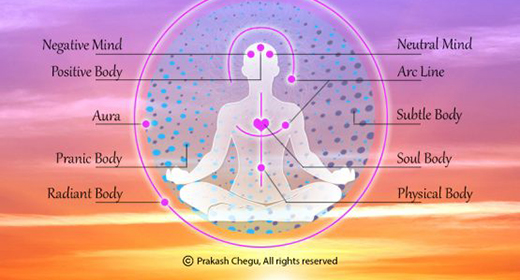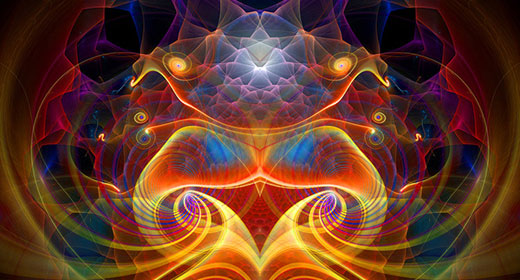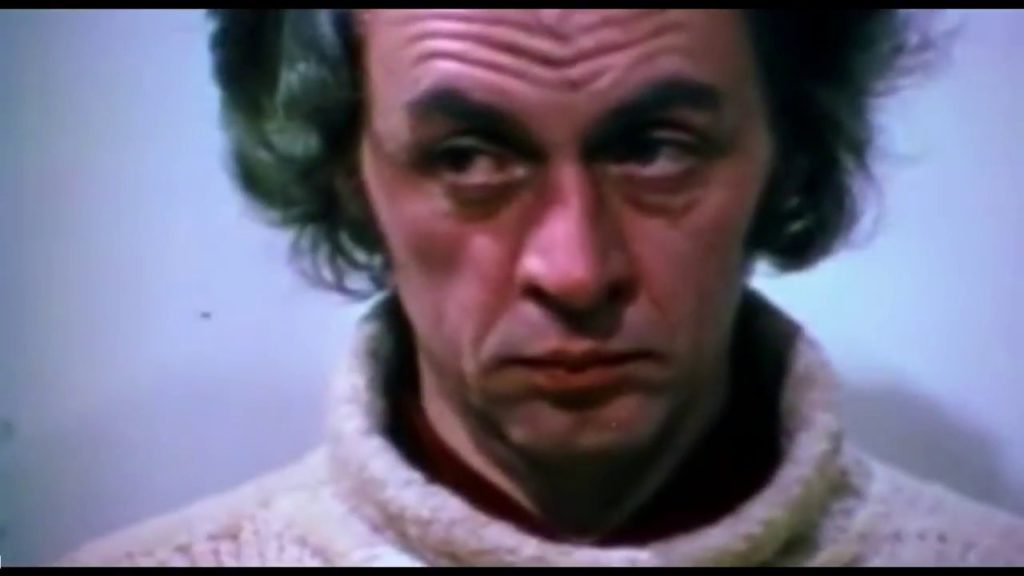by Sam Wong: Modern imaging methods are revealing LSD’s influence on the brain…

Almost three-quarters of a century after chemist Albert Hofmann accidentally ingested LSD and experienced its mind-expanding effects, brain imaging has given researchers their first glimpse of how it causes its profound effects on consciousness.
One of the most notable aspects of the psychedelic experience is a phenomenon known as the dissolution of the ego, in which users feel somehow detached from themselves. Studying how the normally stable sense of self gets disrupted can tell us how neural mechanisms create this integral part of the human experience.
“This is why psychedelics in general but also LSD are special. They really alter consciousness in this fundamental way and therefore they are very powerful tools to understand the nature of consciousness,” says Robin Carhart-Harris of Imperial College London, who carried out the new study.
The team gave 20 volunteers infusions on two days, once containing 75 micrograms of LSD, the other a placebo. Then volunteers lay in a scanner and had their brains imaged with three different techniques, which together built up a comprehensive picture of neural activity, both with the drug and without.
 MRI scans showed that LSD caused brain activity to become less coordinated in regions that make up what is called the default mode network. The size of the effect was correlated with participants’ ratings of their own ego dissolution, suggesting that this network underlies a stable sense of self.
MRI scans showed that LSD caused brain activity to become less coordinated in regions that make up what is called the default mode network. The size of the effect was correlated with participants’ ratings of their own ego dissolution, suggesting that this network underlies a stable sense of self.
Another imaging type, magnetoencephalography (MEG), showed that the rhythm of alpha brainwaves weakened under LSD, an effect that was also correlated with ego dissolution. Alpha rhythms are stronger in humans than other animals, and Carhart-Harris thinks it could be a signature of high-level human consciousness.
But LSD also made the brain more unified in its activity, and there was more communication between regions that normally work separately. “The brain is functioning in a simpler way,” says Carhart-Harris.
The results also go some way to explaining how LSD causes dreamlike visual hallucinations. Although the primary visual cortex usually communicates mainly with other parts of the vision system, many other brain areas contributed to the processing of images in volunteers who received LSD.
There was intense research into LSD in the 1950s and 60s, and the drug showed great promise in treating mood disorders, addictions and other conditions. When it was banned by an international treaty, most scientific work ground to a halt even though it was still technically allowed.
David Nutt, the senior author of the study, says he hopes the study will be transformative and inspire others to follow them. “This, for human neuroscience, is the same as the Higgs boson,” he says.
“This is a milestone study,” says Matthias Liechti, a drug researcher at the University of Basel, Switzerland. “It seems that research on LSD is making progress again despite regulatory and funding hurdles.”









































